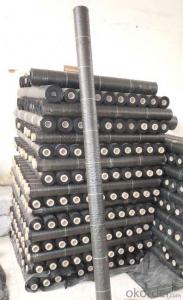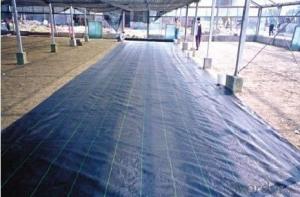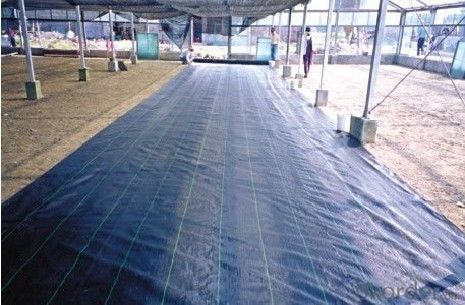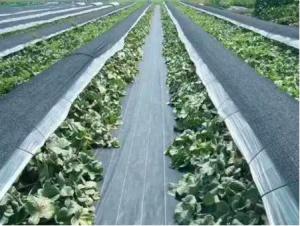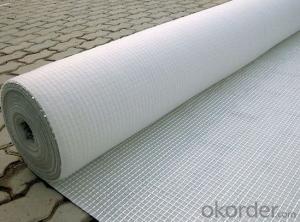Greenhouse Plastic Film Ground Cover Weed Mat
- Loading Port:
- Qingdao
- Payment Terms:
- TT OR LC
- Min Order Qty:
- 10000 m²
- Supply Capability:
- 500000 m²/month
OKorder Service Pledge
OKorder Financial Service
You Might Also Like
PP Ground cover, PP weed mat,PP weed control mat
products: | black waterproof ground cover fabric for greenhouse,agriculture,garden |
material: | PP PE |
weaving condition: | weaved by circular jet loom |
mesh: | 7x7 8x8 9x9 10x10 11x11 12x12 14x14 12x14 |
weight/gram per square meter | 70--200g/sm |
width: | 70-600cm,available for wider fabric by heat sealing. Or as the clients' requirment |
size: | any sizes by the clients'requirment |
colors | mainly in black,green or other colors as per your request |
coating | PP laminated both sides |
making | rope reinforced hem ,heat sealed edges every eyelet interval 1m or three feet ,corner reinforced with triangle plastic sheets |
characterics | 1.Binding resistant,press resistant 2.water-proof ,sun-resistant,anti-aging, tear proof. 3.antifreeze,corrosion-resistant 4.could be produced with uv |
application: | special for Agricultual use, stop the weed growth, and keep the water |
Item Specifics:
100gsm Woven HEAVY DUTY Weed Control Fabric
Allows water to drain through, Whilst still offering outstanding weed suppression
Robust PP offering tear and puncture resistance
Can handle pedestrian and vehicular traffic, so perfect for under driveways, Gravel paths etc
Ideal for:
Tough weed control, Under decking, garden paths, Scree gardens, Under block paving, Aggregate drives, Car parking areas, Under plastic grid paviors, Under shed bases, menage, patios, tennis and sports courts and courses, nursery poly tunnels, flower beds, shrub, herb, vegetable and fruit gardens
How to lay Woven Ground Cover, woven weed control fabric is easily applied and very simple to lay.
Measuring
Most of our landscapers / gardeners use the square meter measurement.
Measure the width of the area and length of the area you wish to cover.
Then multiply the length by the width , which will give you the square meter ( sqm2 ).
Once you’ve received your woven weed control fabric, follow these simple steps.
Turn over the area to be covered and make sure any sharp weeds / stalks are removed
Lay your chosen fabric on top of the prepared soil, if you need to overlap make sure you leave around 25cm.
Packaging & Delivery
| Packaging Details: | Packed In Roll Or In Bales Or Cartons Or According To Customers Requirement |
| Delivery Detail: | 20 Days After Order Confirmed |
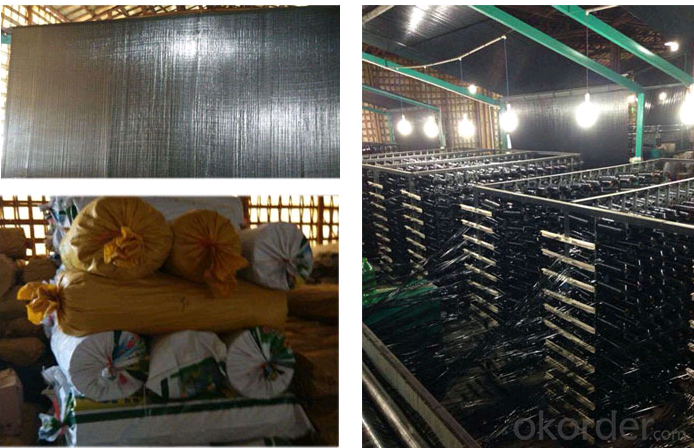



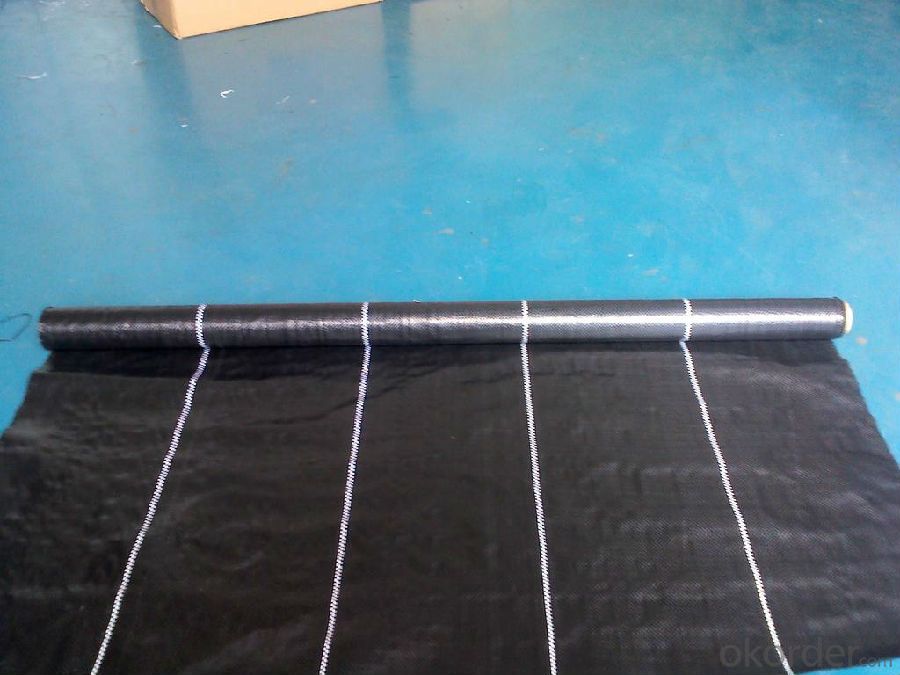

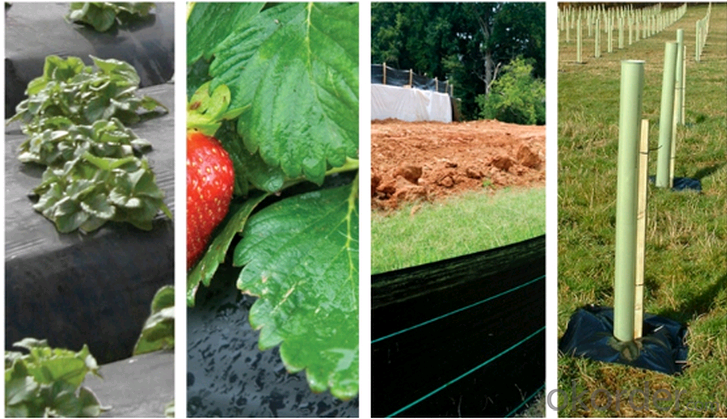
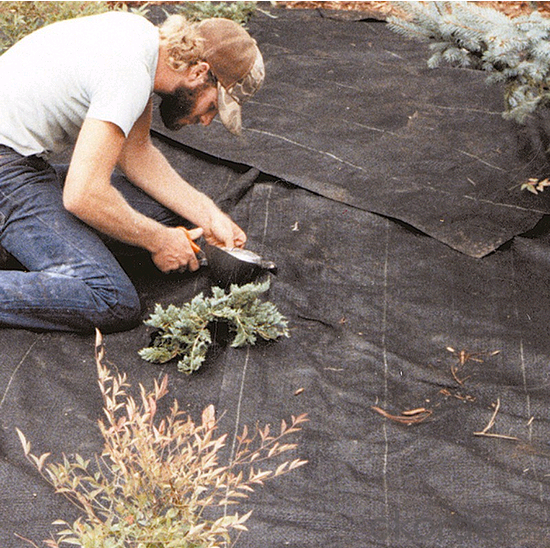

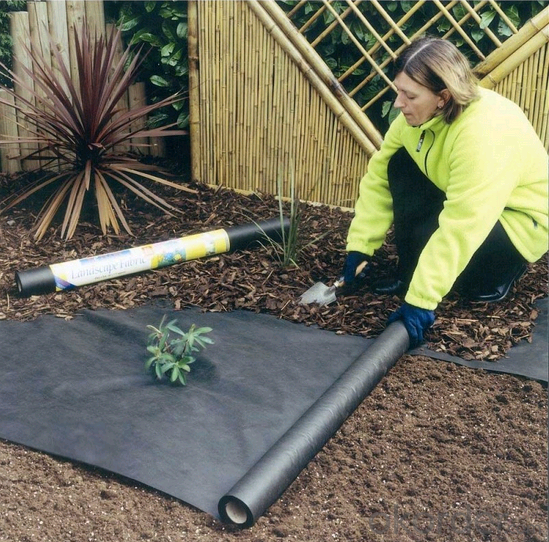
FAQ
1, Samples Policy
Samples are free, but the freight is on customers' charge
Samples will usually be sent out in one day.
2, Prices
As for the prices, we need you to provide us weight, color, width and usage so that
we can quote you best.
3, How to place an order?
Inquiry
Reply
Sample
Contract
Receiving deposit& production
Testing& Packing
Delivery
Receiving
- Q: Can geotextiles be used in green roof applications?
- Yes, geotextiles can be used in green roof applications. Geotextiles are commonly used as a protective layer between the green roof components and the underlying waterproofing membrane. They provide filtration, separation, and reinforcement functions, helping to maintain the stability and longevity of the green roof system.
- Q: Are geotextiles suitable for use in railway ballast stabilization?
- Yes, geotextiles are suitable for use in railway ballast stabilization. Geotextiles can improve the stability and performance of railway ballast by preventing the mixing of ballast and subgrade soils, reducing track settlement, improving drainage, and enhancing overall load-bearing capacity. They also help in reducing maintenance needs and increasing the lifespan of the railway tracks.
- Q: SNG400-3.5 geotextile is what model
- SNG400-3.5 refers to the national standard polyester staple acupuncture non-woven geotextile 400g / ㎡, width 3.5m. The index code for staple acupuncture nonwoven geotextiles is generally SNG / (1) (2) / (3) - (4) / (5). (1) that the use of raw materials fiber code: PET-polyester, PP-polypropylene, PA-nylon, PV-vinylon, PE-Ethylene (conventional polyester are generally vacant omitted code) (2) that polyester staple fiber non-woven Geotextile per unit area weight. (3) that the composite products in the polyester staple fiber non-woven geotextile weight per unit area, non-composite product vacancies. (4) width, expressed in meters (5) production department number: can express the product more specific characteristics, functions, varieties, sequences, etc., the general vacancy. For example, a 3.5m wide 400g / ㎡ polyester staple fiber nonwoven geotextile representation can be SNG / PET400-3.5, can also be expressed as SNG400-3.5
- Q: Can geotextiles be used in landfill lining systems?
- Yes, geotextiles can be used in landfill lining systems. They are commonly employed as a part of the composite liner system in landfills to enhance the performance and longevity of the landfill liner. Geotextiles help in preventing the migration of contaminants, provide stability, and increase the overall efficiency of the landfill lining system.
- Q: Are geotextiles suitable for high-traffic areas?
- Yes, geotextiles are suitable for high-traffic areas. They are designed to provide stability, erosion control, and reinforcement to the soil, making them an effective solution for areas with heavy foot or vehicle traffic. Geotextiles can help distribute loads and prevent soil compaction, thereby reducing maintenance requirements and extending the lifespan of the area.
- Q: How are geotextiles tested for permeability?
- Geotextiles are tested for permeability through various methods, such as the constant head test, falling head test, and the gradient ratio test. These tests involve measuring the flow of water through the geotextile under controlled conditions to determine its permeability properties.
- Q: What is PAG in PAG composite geotextile
- Should be a high-strength glass fiber or grille and non-woven woven or bonded together geotextile, PAG is estimated that the product is a product code, one may be nominal vertical and horizontal strong, similar geogrid Such as PAG50-160, the other may be used cloth and grille specifications, such as 50kn grille and 160 grams of nonwovens
- Q: What is the waterproof selection of artificial lake? How to build?
- There are many features ah
- Q: How do geotextiles improve the performance of geomembranes?
- Geotextiles improve the performance of geomembranes by providing additional support, protection, and filtration capabilities. They act as a cushioning layer, reducing the stress on the geomembrane and enhancing its durability. Geotextiles also prevent punctures and abrasion, acting as a barrier against sharp objects and protecting the geomembrane from damage. Moreover, they allow for drainage and filtration, ensuring proper water flow and preventing the buildup of pressure behind the geomembrane. Overall, geotextiles enhance the performance and lifespan of geomembranes by providing added strength, protection, and functionality.
- Q: Concrete maintenance with geotextile, Tonglu how to buy
- Professional production of geotechnical materials manufacturers to answer,
Send your message to us
Greenhouse Plastic Film Ground Cover Weed Mat
- Loading Port:
- Qingdao
- Payment Terms:
- TT OR LC
- Min Order Qty:
- 10000 m²
- Supply Capability:
- 500000 m²/month
OKorder Service Pledge
OKorder Financial Service
Similar products
Hot products
Hot Searches
Related keywords



